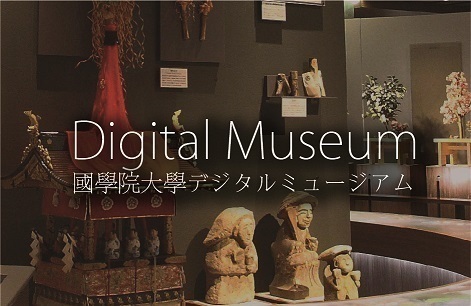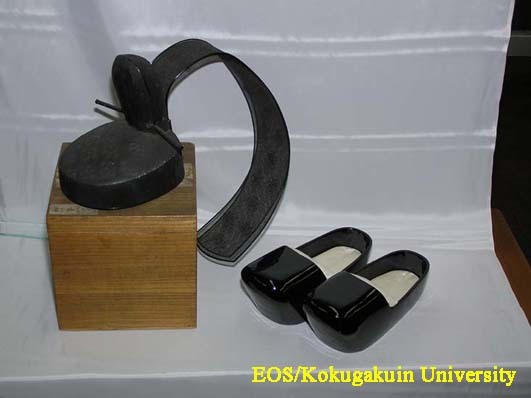- トップ
- Encyclopedia of Shinto
- Seisō, Reisō, Jōsō
Encyclopedia of Shinto
| Main Menu: | |
| Links: |
詳細表示 (Complete Article)
| カテゴリー1: | 4. Jinja (Shrines) |
|---|---|
| カテゴリー2: | Ritual Implements and Vestments |
| Title | Seisō, Reisō, Jōsō |
| Text | Three grades of clerical vestments. Today, the formal seisō is worn at "large-scale festivals" (taisai); the ritual reisō is worn at "medium-scale festivals" (chūsai), and the jōsō is worn at "small-scale festivals" (shōsai). Vestments for male and female shrine attendants also differ. Seisō for male priests is the ikan style, in which the priest holds a hiōgi fan (see ōgi) and wears a headdress called kanmuri with a round-collared, belted robe called a hō. Reisō (also designated saifuku) features the same headwear, but the hō differs and the hiōgi fan is not used. Jōsō includes robes called kariginu or jōe and a headdress called the eboshi. In all three grades of vestment, the priest carries a ritual baton (shaku) and wears wooden shoes called asagutsu. Formal seisō for female attendants consists of garments called uchiki-hakama (an uchiki jacket and hakama split skirt). Reisō also requires the uchiki-hakama or suikan (a robe basically similar to the male's kariginu). Jōsō also uses the suikan. When wearing uchiki-hakama, the woman carries a hiōgi fan, but when wearing suikan, she carries a bonbori fan. The wooden clogs worn by women with all styles are called mokuri. — Inoue Nobutaka |





